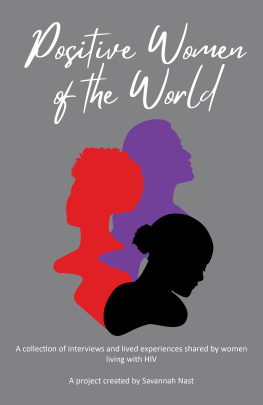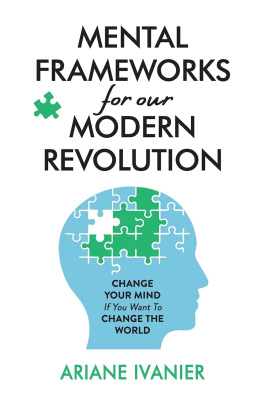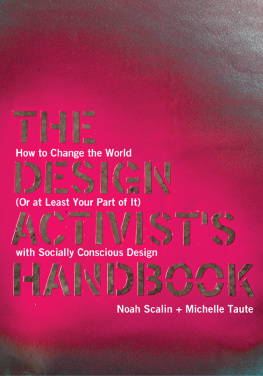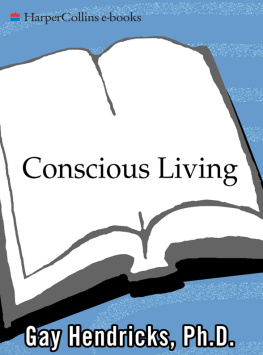Ariane Burgess - Life Design for Women: Conscious Living as a Force for Positive Change
Here you can read online Ariane Burgess - Life Design for Women: Conscious Living as a Force for Positive Change full text of the book (entire story) in english for free. Download pdf and epub, get meaning, cover and reviews about this ebook. year: 2019, publisher: Inner Traditions/Bear & Company, genre: Religion. Description of the work, (preface) as well as reviews are available. Best literature library LitArk.com created for fans of good reading and offers a wide selection of genres:
Romance novel
Science fiction
Adventure
Detective
Science
History
Home and family
Prose
Art
Politics
Computer
Non-fiction
Religion
Business
Children
Humor
Choose a favorite category and find really read worthwhile books. Enjoy immersion in the world of imagination, feel the emotions of the characters or learn something new for yourself, make an fascinating discovery.

- Book:Life Design for Women: Conscious Living as a Force for Positive Change
- Author:
- Publisher:Inner Traditions/Bear & Company
- Genre:
- Year:2019
- Rating:4 / 5
- Favourites:Add to favourites
- Your mark:
- 80
- 1
- 2
- 3
- 4
- 5
Life Design for Women: Conscious Living as a Force for Positive Change: summary, description and annotation
We offer to read an annotation, description, summary or preface (depends on what the author of the book "Life Design for Women: Conscious Living as a Force for Positive Change" wrote himself). If you haven't found the necessary information about the book — write in the comments, we will try to find it.
Ariane Burgess: author's other books
Who wrote Life Design for Women: Conscious Living as a Force for Positive Change? Find out the surname, the name of the author of the book and a list of all author's works by series.
Life Design for Women: Conscious Living as a Force for Positive Change — read online for free the complete book (whole text) full work
Below is the text of the book, divided by pages. System saving the place of the last page read, allows you to conveniently read the book "Life Design for Women: Conscious Living as a Force for Positive Change" online for free, without having to search again every time where you left off. Put a bookmark, and you can go to the page where you finished reading at any time.
Font size:
Interval:
Bookmark:
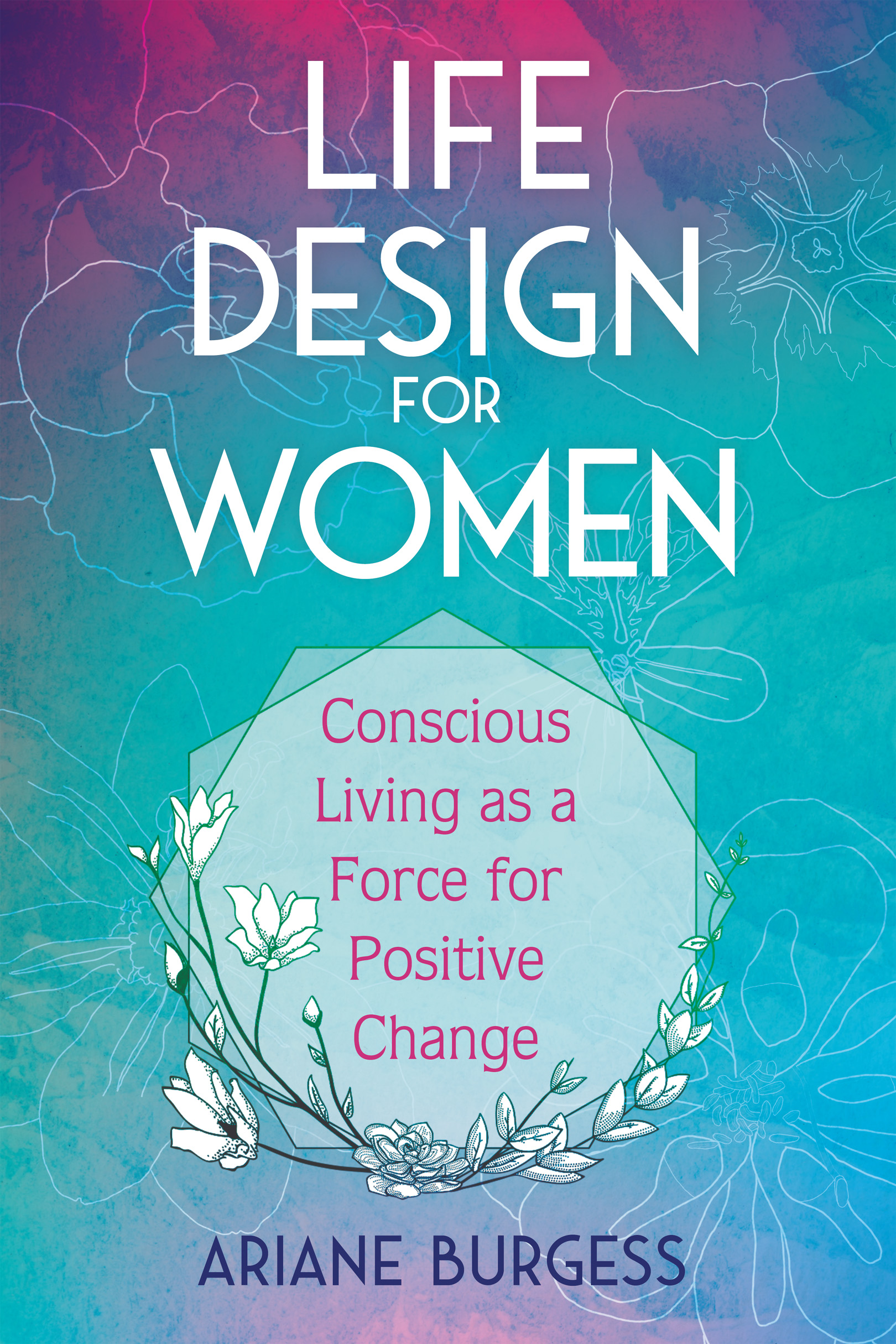

Acknowledgments
W hen and where does a book begin? The seeds for this one began many years ago in nature, and the theme has been informed and influ- enced by people and experiences over my lifetime.
This book wouldnt exist without my experiences with a happy band of people who so willingly engaged in freeing themselves from life-limiting practices through nature connection practices.
Supported from afar by Manolo Cetina, once a month I deepened into myself in a stunning natural setting with Judith Canepa, Elizabeth Soychak, Haideen Anderson, Michael Stone, Monique Leibovitch, Jeanette Pfeiffer, Joan Beard, Aresh Javadi, Trish Doherty, and Grace Clearsen. We worked together for 18 life-changing months, relating with the earth, wind, fire, water and trees. Through these experiences each of us in our own way has gone on to work as a force for positive change. It was an honor to learn and grow with them.
I was able to call this group together because I was fortunate that my father M. Steve Burgess encouraged me to question everything. He signposted possible places to explore by instilling in me a love of reading nonfiction books full of worldviewchallenging ideas. Through my explorations I realized that deep work with nature was an essential experience for navigating what he often called the turbulent environment we are currently living in.
Through the role-modeling of my mother, Sian Mackay, who evolved her life from a young woman who married at 19 to journalist, publisher, and author of nonfiction and fiction, I knew that writing a book was challenging yet possible.
In 2008 I entered into two life-changing, life-long learning pathways that contributed to my taking steps toward writing this book. The first was participating in the CTI Leadership training, where I was fortunate to be called forth by Henry Kimsey-House and Sam House. The second was to embark on my Masters degree with Gaia University, where founders Andrew Langford and Liora Adler introduced me to good regenerative design thinking practice. Working with these four elders convinced me of the need for more people versed in leadership skills and good design thinking and who are prepared to work in the turbulent and emergent environment we are currently living in.
Specifically for the process of actually putting the ideas for this book into a form you could read, I am deeply grateful to Sabine Weeke of Findhorn Press for seeing the potential and timeliness of this book when I thought we were having a light-hearted chat. My appreciation goes to Nicky Leach, who I had the fortune to have as my insightful, patient, and encouraging editor, and Damian Keenan, who poured his design skills into the interior of the book.
My dear intimate companion, Eddy Coodee, encouraged me throughout the process, methodically proofread the text, and used his meticulous design skills to create the word clouds. During my sequestered writing time, I am thankful for the conversations and karaoke moments with Tineke Langedijk and Inger Hosbund. They enthusiastically engaged in reflections on their life domains, which in turn nourished my writing process. Im also grateful to friend and fellow author Chris Johnstone who, from the moment we met, encouraged my writing of this book.

Introduction
I n 2000, I collaborated on a campaign aimed at preventing over a hundred New York City community gardens from being destroyed. At the height of the campaign, just as I was planning to email invitations to an outreach and fund-raising event, a proactive friend and environmentalist from the community garden movement questioned me about using the word invitation. He said that people shouldnt need an invitation to do something good for the planet. They should just come.
Hes right in some ways. No one needs an invitation to do something good for the planet, to join a movement, and I too used to think people should be rushing to participate in ensuring a living future for all life. However, as a result of my years of being active in people and planet care work, doing what I could to live in ways that might contribute to a future for the next generations of humans and all other species on Earth, I have come to feel that issuing an invitation is necessary. Yes, some people will come to events of their own volitionand at the time of writing, more do so everydaybut not enough, and not fast enough.
Whether its in the hustle and bustle of New York City or the peace and quiet of the Findhorn ecovillage in Scotland, its more often than not the same handful of people who step up and lean in to do what it takes to contribute to a thriving future. If were really going to make that future possible, more people need to join in. Im glad youre here, and I hope you will join us. This book, Life Design for Women, is an invitation to join the movement to act for life on Earth through regenerative living and leading.
We are living with a confluence of crisis points that affect us all. We may think we can hole up in our homes and get on with our lives, keeping everything that is unpleasant from affecting or harming us. It is inevitable, however, that in some way or other, the crisis will arrive at our doorstep.
The impact of the 2008 financial crisis was systemic, so even if you didnt take out a faulty loan, you might have been personally affected by it, perhaps losing your home, your job, or your retirement fund. I have a friend who retired from teaching in public school in 2006. She had worked all her life and paid into her pension plan, but when the financial crisis hit, she lost half of her retirement fund. The economic system is broken. It only works for a few, usually those who already have some kind of privilege to begin with. It doesnt work for the majority of people on the planetand its not working for the planet, either.
Our health is also being affected. More and more people are feeling socially isolated and suffering from mental health challenges such as anxiety and depression. While there are tremendous advances in the health sector, well-funded research and innovation still havent stopped the advance of cancer. The majority of the population in most Western countries is over 55, and the health and care systems are stretched thin, as more people find themselves living with conditions such as dementia and diabetes.
At long last, we are beginning to acknowledge that our material and financial success is the cause of environmental collapse, as evidenced by the speed with which species are dying out, our discovery that microplastics can now be found in the deepest parts of Earths oceans, and learning that industrial-scale farming used to grow our food is polluting our waterways and depleting soil fertility.
The environmental catastrophe that is finally capturing our attention is climate change, which is happening so fast that even scientists on the Intergovernmental Panel on Climate Change (IPCC) cant keep up with all of the events pushing up global temperaturessomething that should alarm us all.
The climate change we are currently experiencing is mainly caused by human industrial activities. These activities emit greenhouse gases that cause Earths overall temperature to rise. A rise in temperature of only a few degrees has led to environmental and human catastrophe. Villages, towns, and cities all over the world are being devastated by floods, hurricanes, tornadoes, landslides, and fires, all of which can be linked to changes in Earths temperature. In some areas, whole villages or regional populations are being displaced from their homes and land. This adds to the refugee crisis, as people migrate from their homelands in the hope of finding a place to live.
Next pageFont size:
Interval:
Bookmark:
Similar books «Life Design for Women: Conscious Living as a Force for Positive Change»
Look at similar books to Life Design for Women: Conscious Living as a Force for Positive Change. We have selected literature similar in name and meaning in the hope of providing readers with more options to find new, interesting, not yet read works.
Discussion, reviews of the book Life Design for Women: Conscious Living as a Force for Positive Change and just readers' own opinions. Leave your comments, write what you think about the work, its meaning or the main characters. Specify what exactly you liked and what you didn't like, and why you think so.

